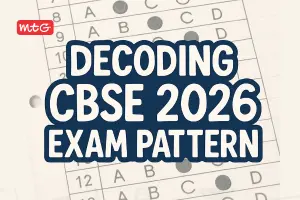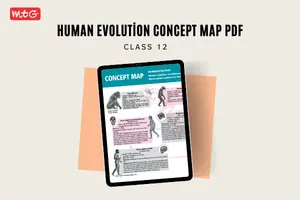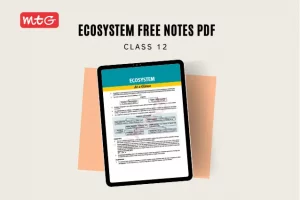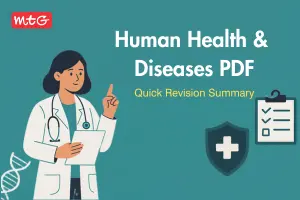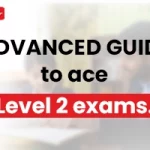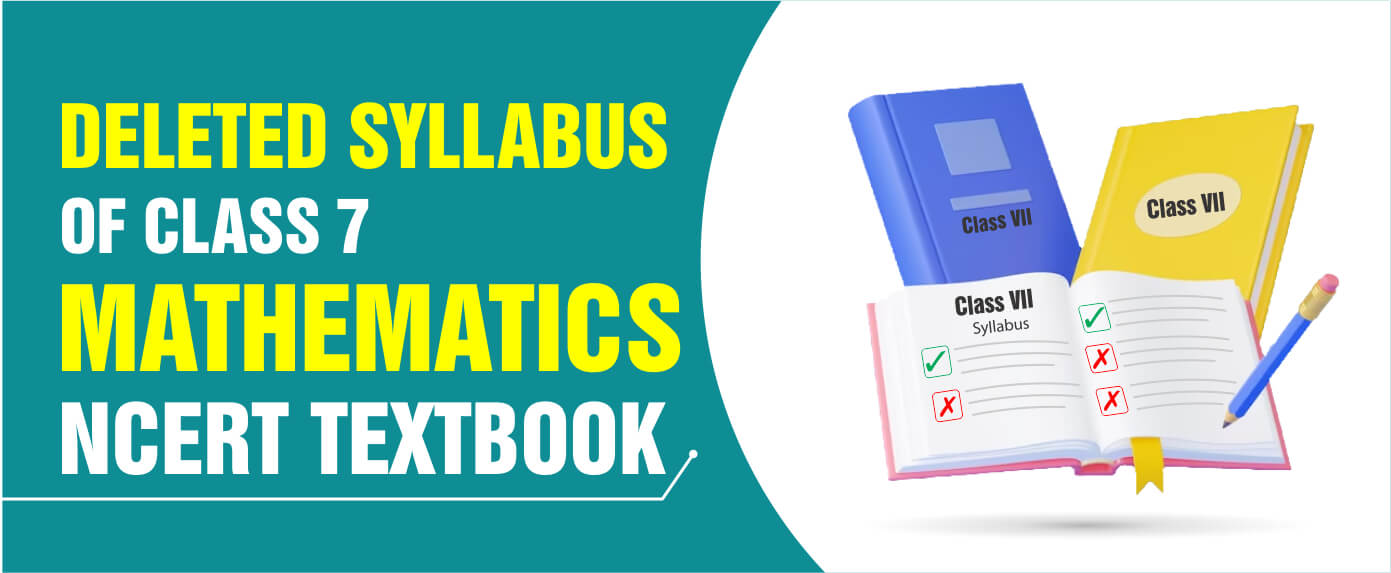
NCERT has significantly updated the Maths textbooks in accordance with the National Education Policy (NEP) in 2020 to provide students with a more contemporary and engaging learning experience. “The reduction in the material will help in increased curriculum flexibility and the renewed emphasis on productivity rather than rote learning,” claims NEP 2020. The new syllabus has been designed to ease the workload and pressure on the students and promote more practical and experiential learning. Source – NEP Final
The NCERT textbooks will be available in at least 22 languages, mentioned in the eighth schedule of the Constitution, including Hindi, English, Bengali, Assamese, Gujarati, Kannada, Sanskrit, Punjabi, Sindhi, Manipuri, Urdu, Malayalam, Odiya, and Kashmiri, among others.
Also check – Class 7 Deleted Syllabus 2023-24
What is the basis of Content Rationalisation?
According to Union Minister of State for Education Annapurna Devi, “Overlapping with similar content included in other subject areas in the same class; similar content included in the lower or higher class in the same subject; difficulty level; content, which is easily accessible to children and does not require much intervention from the teachers and can be learned through self-learning or peer learning; content, which is not relevant in the present context or outdated and taking care of the learning outcomes already developed across the classes, are among the criteria adopted for rationalization of the content load.” Source – NCERT textbooks rationalised to compensate for Covid-19 time loss: Education ministry
Check the full class 7 syllabus – Class 7 Syllabus NCERT 2023-24
Topics Removed from the Revised Textbooks
Following the implementation of the NEP 2020 policy, around 30% of the content of the NCERT Math textbook is likely to be rationalised for 2024-2025. MTG consists of a team of experienced authors and subject matter experts who are well-versed with the latest developments in their respective fields. We strive to provide resources that are up-to-date and provide students with the necessary knowledge to succeed in their academic pursuits. We are quick to adapt in regards to the latest revision of the NCERT Math textbooks and will soon include changes consistent with the NCERT on our Class 7 School Books. The table below lists the content that has been dropped from NCERT Math textbook for class 7 for the academic year 2024–2025.
| Chapter | Page No. | Dropped Topics/Chapters |
|---|---|---|
| Chapter 1: Integers | 1–5 14–15 18–22 27 | Introduction Recall 1.4.3 Product of three or more negative numbers 1.5.7 Making multiplication easier |
| Chapter 2: Fractions and Decimals | 29–32 46–48 55 | 2.1 Introduction 2.2 How well have you learned about fractions 2.5 How well have you learned about decimals |
| Chapter 3: Data Handling | 57–59 74–76 | 3.1 Introduction 3.2 Collecting data 3.3 Organisation of data 3.9 Chance and probability |
| Chapter 4: Simple Equations | 88–89 92 | 4.6 From solution to equation |
| Chapter 5: Lines and Angles | 97–103 111–112 | 5.2.3 Adjacent angles 5.2.4 Linear pairs 5.2.5 Vertically opposite angles |
| Chapter 7: Congruence of Triangles | 133–152 172 | 7.1 Introduction 7.2 Congruence of plane figures 7.3 Congruence of line segments 7.4 Congruence of angles 7.5 Congruence of triangles 7.6 Criteria for the congruence of triangles 7.7 Congruence among right-angled triangles |
| Chapter 8: Comparing Quantities | 153–157 | 8.1 Introduction 8.2 Equivalent ratios |
| Chapter 10: Practical Geometry | 193–204 | 10.1 Introduction 10.2 Construction of a line parallel to a given line, through a point not on the line 10.3 Construction of triangles 10.4 Constructing a triangle when lengths of its three sides are known (SSS criterion) 10.5 Constructing a triangle when the lengths of two sides and the measure of the angle between them are known (SAS criterion) 10.6 Constructing a triangle when the measures of two of its angles and the length of the side included between them is given (ASA criterion) 10.7 Constructing a rightangled triangle when the length of one leg and its hypotenuse are given (RHS criterion) |
| Chapter 11: Perimeter and Area | 205–210 224–228 | 11.1 Introduction 11.2 Squares and rectangles 11.2.1 Triangles as parts of rectangles 11.2.2 Generalising for other congruent parts of rectangles 11.6 Conversion of units 11.7 Applications |
| Chapter 12: Algebraic Expressions | 235–240 243–248 | 12.6 Addition and subtraction of algebraic expressions 12.8 Using algebraic expressions–formulas and rules |
| Answers | 293–294 296–297 299, 301 303–304 306–307 | Answers of Exercises |
Important – CBSE Syllabus 2023-24 – Major Changes in NCERT Textbooks after 19 Years!
MTG is reputed for staying up-to-date with the latest trends and policies in education. We always make sure to come up with learning material that will help students to ace all the challenges they might face in their educations. You can trust us for 100% error-free and authentic content to achieve your dreams.
Follow us for all the educational updates!







